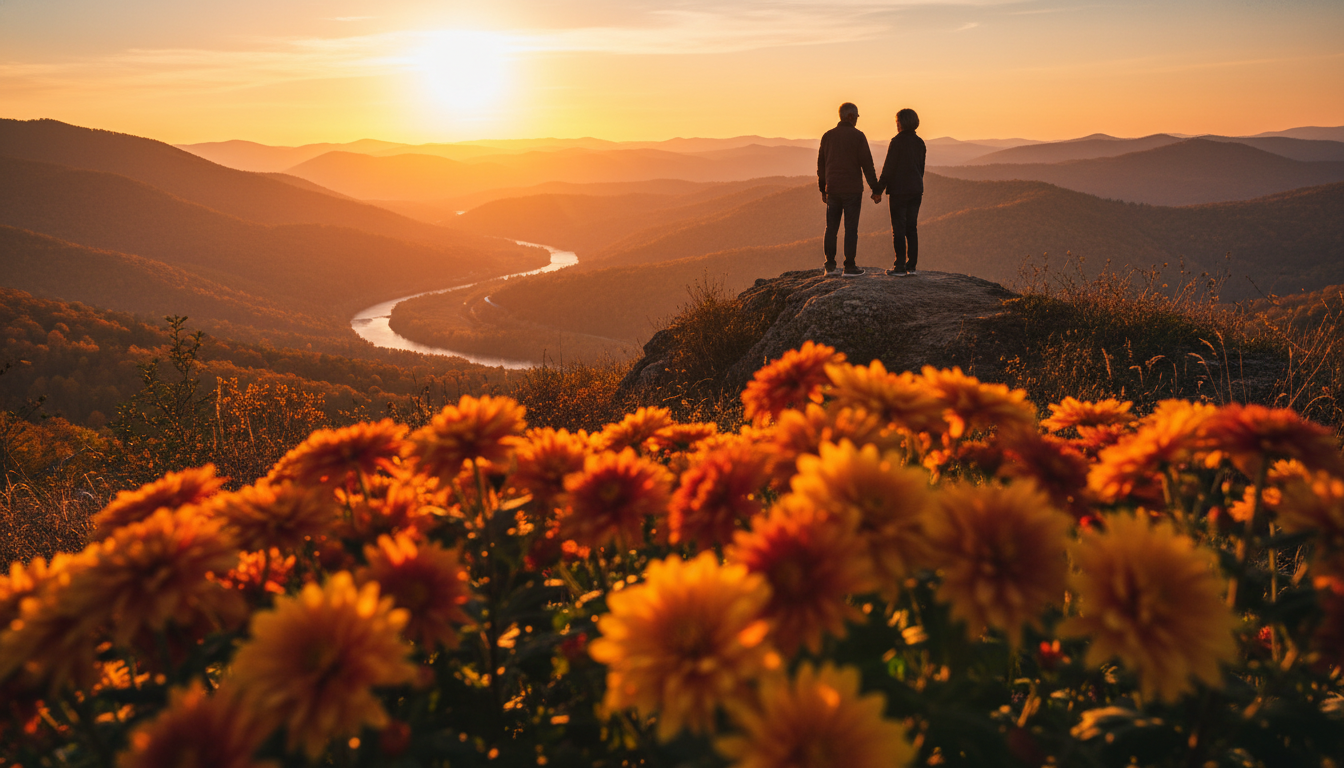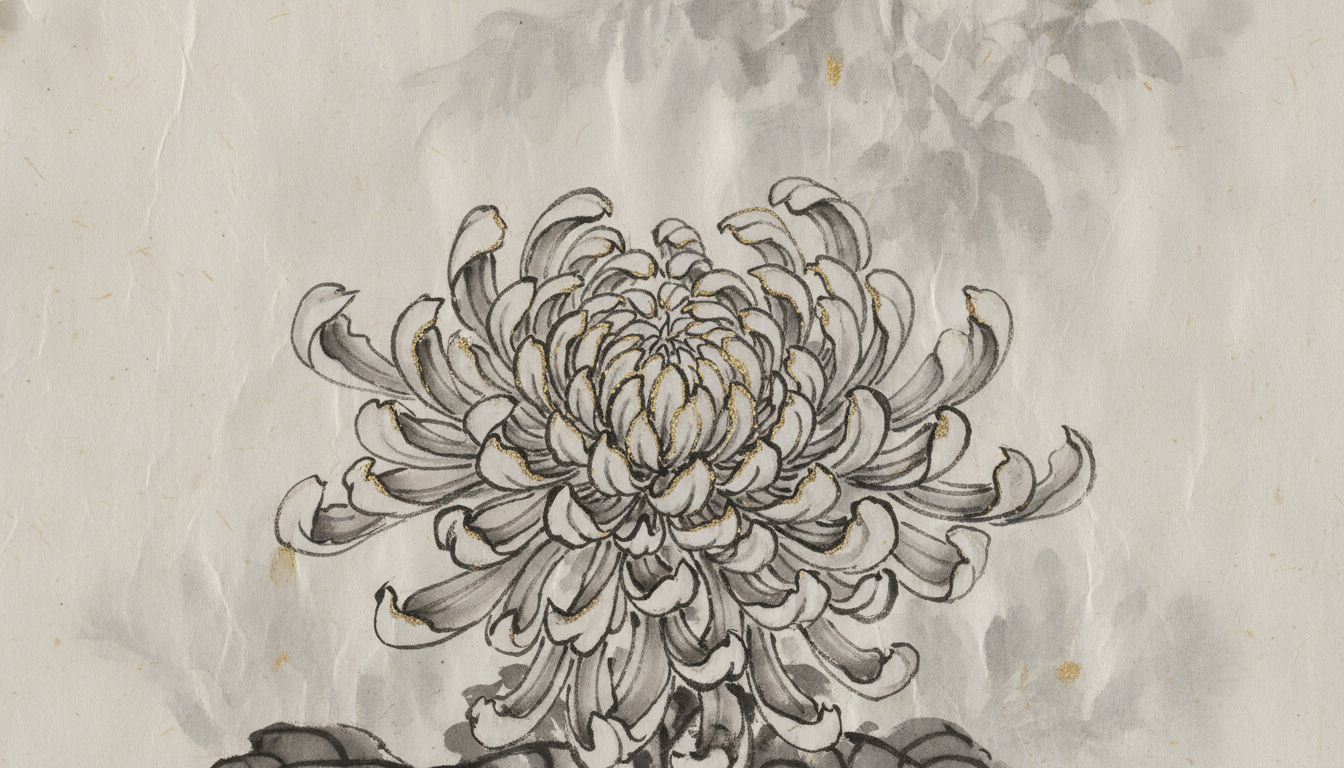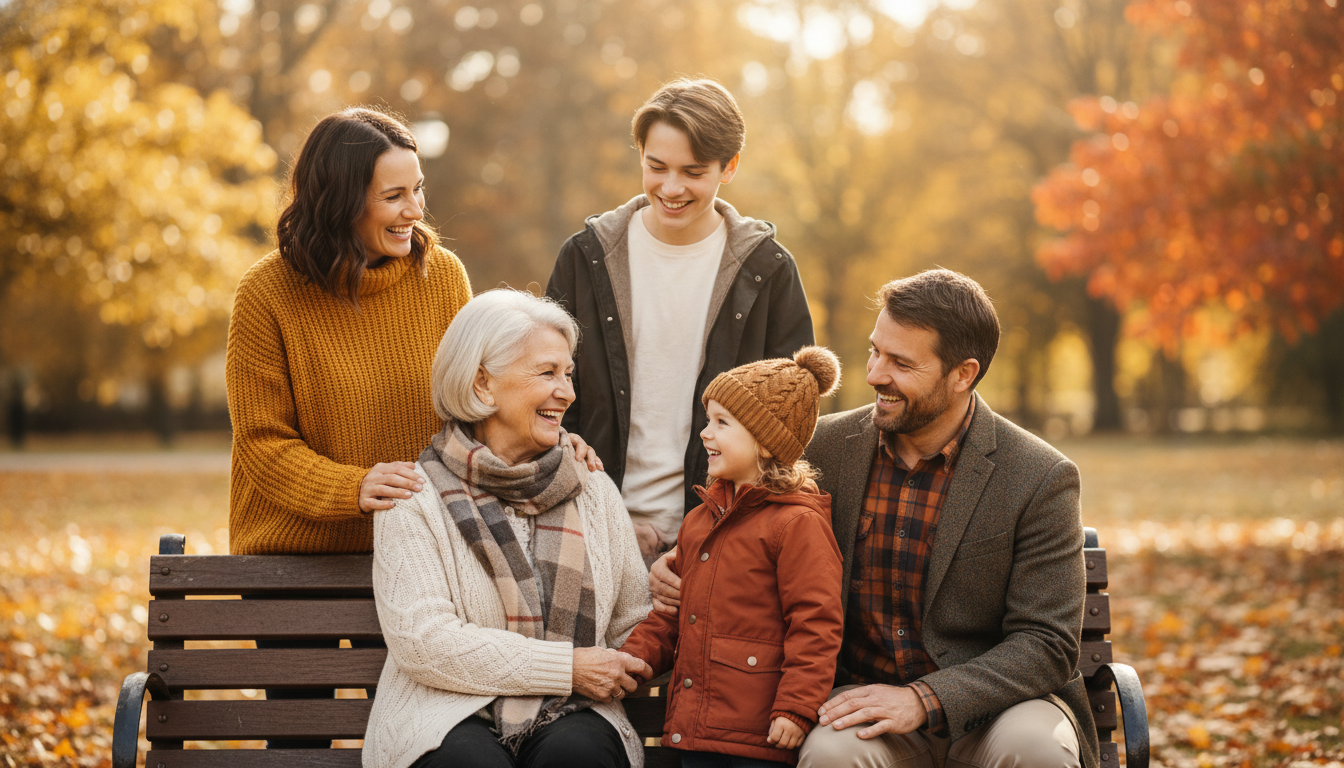Double Ninth Festival picture recommendation is not only an aesthetic choice, but also a decision-making chain that takes into account cultural sensitivity, communication effects and commercial compliance. This article gives a directly usable video example at the beginning to help you quickly grasp the tonality of the image and increase the time spent on social media:
Why picture selection determines the success or failure of Double Ninth Festival communication
The Double Ninth Festival carries the emotional gene of "respecting the elderly, climbing high and admiring chrysanthemums". When choosing pictures, images should not only convey a festive atmosphere (autumn colors, chrysanthemums, sunsets, images of elderly people) but also avoid being stereotyped or commercial. A good festival image should resonate emotionally with the audience in the first second (warm colors, character relationships, narrative lines), and provide actionable visual information (activity time, sense of participation, call to action) in the following three seconds.
Visual trends: The renaissance of national trends and tender micro-narratives coexist
Two parallel trends have emerged in the visual presentation of the Double Ninth Festival in the past two years:
- National trend + traditional aesthetics: Use elements such as cotton paper texture, rice paper blooming, and brush inscriptions to modernize and reconstruct traditional culture, suitable for high-end brands and cultural content;
- Warm, realistic and life-oriented illustrations: focusing on daily scenes and family companionship of the elderly, with warm colors, suitable for elderly care services, community activities and public welfare communication.
At the same time, short videos and animations (cinemagraph) increase the information density - for example, a static climbing silhouette combined with slight cloud movement or chrysanthemum swinging can increase the retention rate by 20%+ (platform and content quality are related).
Select picture style based on audience and scene (practical decision matrix)
- Brand promotion (real estate, elderly care institutions): Prioritize national aesthetics or high-quality photography to highlight quality and history;
- Community activities/philanthropy: Choose realistic and warm photography or flat illustrations, emphasizing companionship and legibility;
- E-commerce promotion (festival activities): Use clear composite images of products and scenes, but retain holiday symbols (chrysanthemums, dogwoods, climbing silhouettes) on portraits and elements to avoid excessive promotion;
- Social posts and emoticons: adopt cartoon/hand-drawn style to enhance the willingness to share.
Five types of efficient picture templates and usage scenarios (including key points of creation)
1) Traditional Chinese style posters (suitable for cultural activities, museums, brand archives)
- Key points: rice paper texture, gold embellishment, calligraphy (the text is a separate typesetting layer, the main body of the picture does not contain text)

2) Warm and humanistic photography (suitable for community activities and charity for the elderly)
- Key points: backlighting during the golden hour (sunset), interactive moments among the elderly, shallow depth of field highlighting the subject

3) Illustrations and vector elements (suitable for social media, children and family content)
- Key points: Cartoon but not childish, the characters have natural postures, and the colors are soft, easy to cut into emoticons or banners

4) Microfilm short film frame (suitable for brand stories and event trailers)
- Key points: sequence language, color grading (contrast of warm and cold), using chrysanthemums or climbing as visual guide
5) Handmade/paper-cut style elements (suitable for cultural IP and festival co-branding)
- Key points: High-quality scanned textures, single-color or two-color matching, easy for printing and peripheral production
Business compliance and copyright attention (a link that cannot be ignored)
- Commercial use of images must verify the licensing terms: priority is given to using self-made photography, commissioned photography, or purchasing stock images with commercial license;
- For portraits of the elderly, written portrait authorization must be obtained, especially for commercial promotion;
- When synthesizing materials, pay attention to the copyright of fonts and logos to avoid unauthorized use of famous calligraphy works.
Reference: For the cultural background and customs of the festival, please view the authoritative description (English/Chinese): Britannica - Double Ninth Festival and Double Ninth Festival - Wikipedia .
Practical checklist: seven-step process from image selection to final launch
- Clear the audience and scenario (brand/charity/activity/e-commerce).
- Determine the visual main axis (emotion/culture/product).
- Selected style: Chinese trend/realism/illustration/micro-film/handmade.
- Material acquisition: Selfie > Custom Photography > Paid Gallery (check commercial license).
- Visual consistency check: color temperature, composition, white space, LOGO position.
- Legal and compliance checks (portraits, trademarks, fonts).
- Post-release data tracking (CTR, dwell time, sharing rate) and iteration.
Conclusion-style inspiration (not a routine summary)
Treat the Double Ninth Festival pictures as a cultural dialogue: are you "telling a festival" to the audience, or are you "selling a product"? The former relies on emotion and cultural depth, while the latter relies on information and conversion efficiency. It is not impossible to have both: using cultural elements as visual hooks, and then turning functionality (time, place, participation method) into an easy-to-read information layer, you can achieve the purpose of communication while respecting tradition.